Microelectronics devices composed of integrated circuits are complex and pose many engineering challenges. A careful design must be employed to allow heat to be dissipated from the device and mitigate thermally induced stresses. To this end, methods are required to form the electrical connection between an integrated circuit chip (also called a die) and the substrate.

A wire-bonded assembly with anepoxy
encapsulant, dam, and fill.
Adhesive encapsulants are one development, which are used to seal and protect the sensitive electrical components and connections from contaminants and assist with thermal management.
According to a recent case study from Master Bond — a manufacturer of epoxy adhesives, sealants, coatings — encapsulants provide mechanical support, distribute stresses, and protect sensitive connections from mechanical shock.
Typically, encapsulants with ceramic fillers provide enhanced thermal conductivity and improve the heat transfer and heat dissipation properties of the design. This is while a reduction in the thermal coefficient of expansion of the encapsulant mitigates stresses from thermal mismatch.
Depending on application demands, encapsulant adhesives can be formulated for a wide range of viscosities and provide various thermal, mechanical and environmental resistance properties. Products may be engineered for application specific approvals like ISO 10993-5 and USP Class VI for use in medical devices, NASA low-outgassing requirements, and cryogenic serviceability.
The function of the adhesive encapsulant can be visualized in the above diagram for a wire-bonded assembly. The die is physically bonded to the substrate often with a suitable die adhesive and the connections between the die contact pads and the underlying board circuitry is then made through the wire bonding process. This particular case sees the use of a dam to contain the uncured encapsulant adhesive prior to final cure.
To learn more, including about flip-chip assemblies and biocompatible adhesives for medical devices, click here to read the full case study from Master Bond.

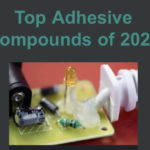
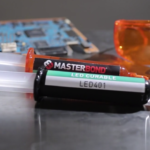
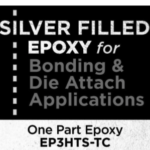
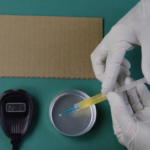
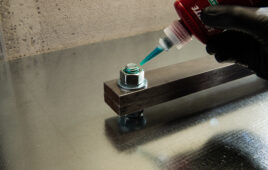

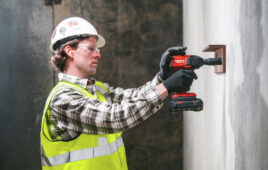
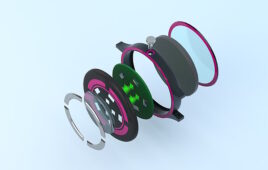
Tell Us What You Think!